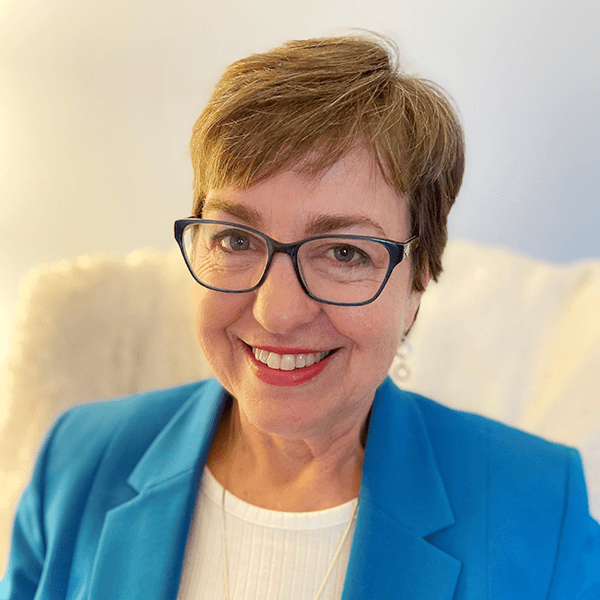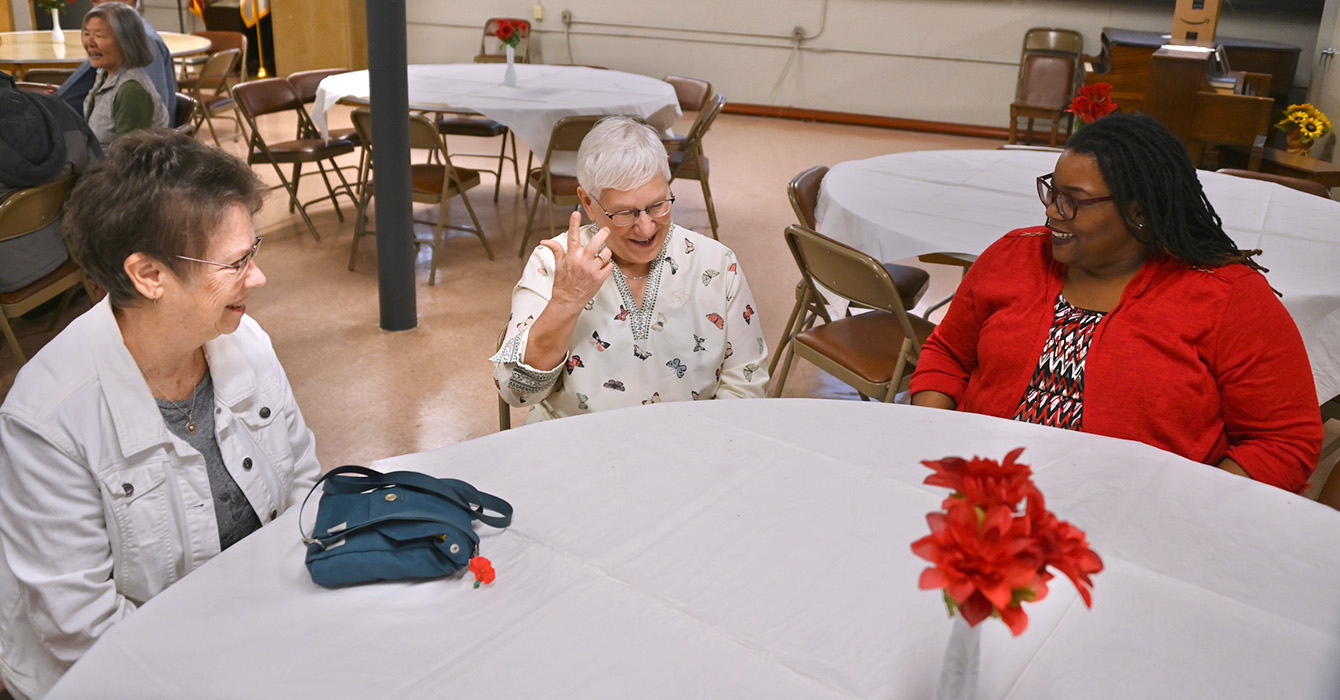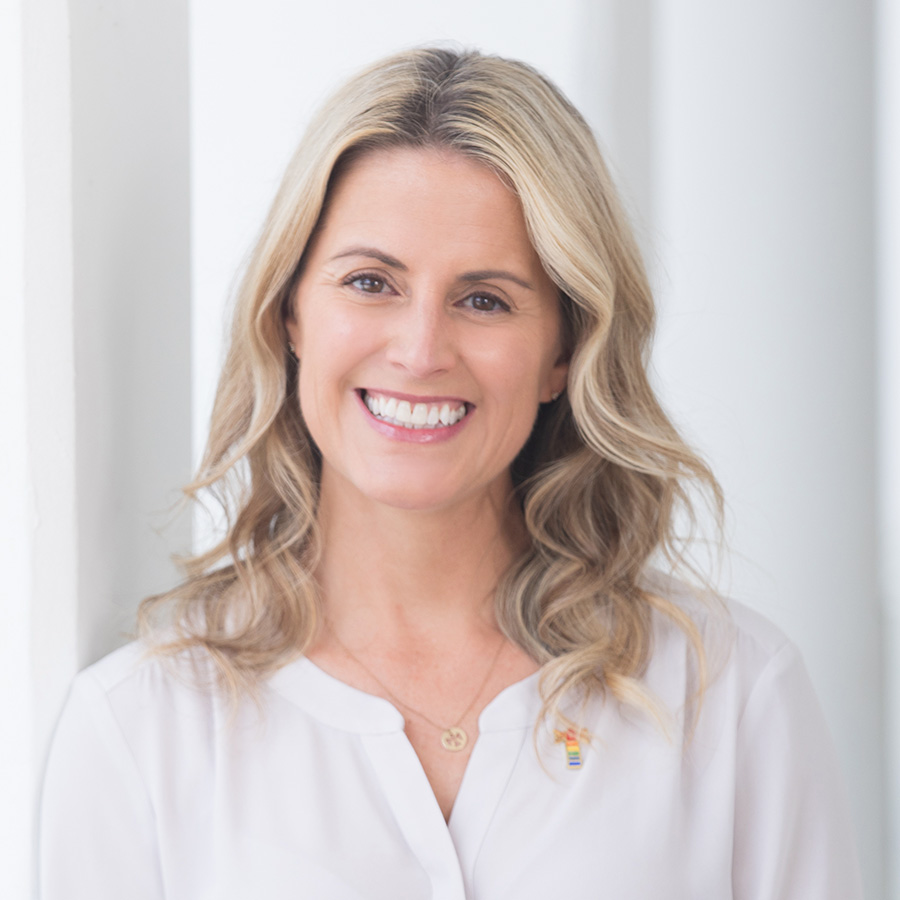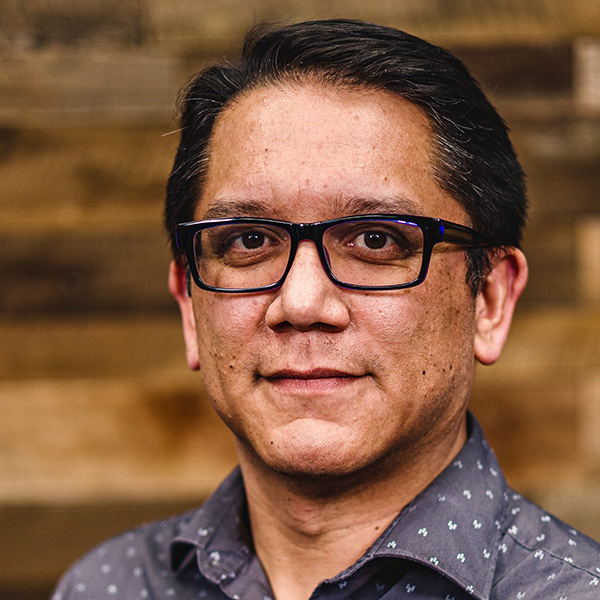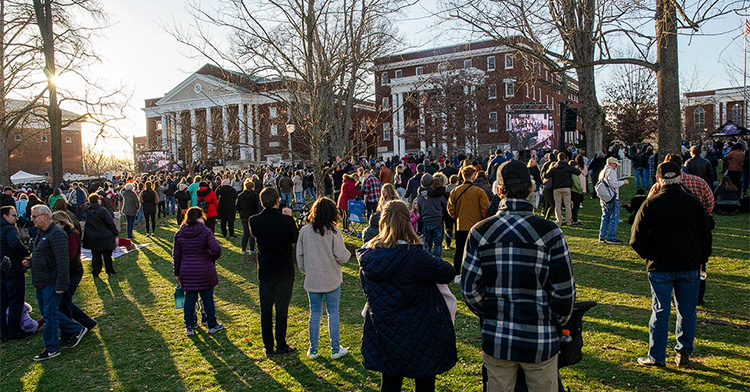College students of faith can be a little like windup toys.
They spend four years getting wound up -- learning and growing, emotionally, mentally and in capability. They graduate and hit the ground at full speed.
Then the newly minted adults -- at least those who graduate with their faith intact -- go to church, where they often feel like someone has tipped them over.
They spin their wheels, showing up on Sundays but not really involved. Either the parish priest doesn’t ask or they don’t know what skills or talent they can bring.
So they run down. And eventually they leave, feeling like there was no place for them at the grown-up table.
Young adults are drifting away from Christian churches, both Catholic and Protestant, in droves. The Pew Research Center has found that four of five American Catholics who left the church and didn’t join another did so by the age of 24.
But one group is trying to keep those students wound up -- moving ahead, and taking the church with them.
The National Leadership Roundtable on Church Management, an organization of Catholic lay and clergy leaders, is training students to move into church leadership roles the moment they graduate, with a program called ESTEEM -- Engaging Students to Enliven the Ecclesial Mission.
The program is designed to keep young adults from drifting away by giving them the knowledge, confidence and skills to change and improve their churches -- right after college, when they’re still revved up and raring to go.
Questions to consider
Questions to consider:
- How well does your church or organization groom young adults for leadership? What leadership opportunities does it offer them?
- What are the problems in your organization to which you might hold the solution?
- Who in your organization is on the fringe, showing “promise but not commitment”? What do they need in order to make the transition?
- Do you know a young person who needs a mentor? Could you be that person?
“They’re so smart, so driven, so prepared, and that has to be utilized,” said Kerry A. Robinson, the Roundtable director and former development director for the Catholic student center at Yale. “If they can’t exercise their skills and talents in the church, young adults will move away. We want to capture that.”
Created four years ago for Catholic students at six pilot schools, ESTEEM is now a church leadership development program at a dozen public, private and Catholic colleges and universities nationwide.
Surprisingly, most are at secular schools, public or private, but for good reason: about 90 percent of Catholic college students attend non-Catholic colleges and universities.
Signs of success
Success has bred expansion. One school recently added ESTEEM after a student persistently asked her campus ministry team to join the program. The student had learned about it from her older sister, who had taken part on another campus.
As a result, ESTEEM’s biggest challenge is securing financial support to provide resources both to other colleges and universities that want to join the network and to ESTEEM alumni, said Katie Diller, ESTEEM’s national coordinator and a campus minister at Michigan State University.
“We know the incredible impact that ESTEEM makes on young Catholic leaders,” Diller said. “We need to find partners who share our vision for young adult leadership to help us support the growth and success of ESTEEM.”
Each ESTEEM chapter invites 12 to 15 students annually to spend the school year in an interactive curriculum that includes ecclesiology, theology, history and Christian leadership. Students learn -- and vigorously debate and delve into -- Catholic perspectives and how they apply in every aspect of their lives.
In the process, they also learn how they can help the church remain vital.
And that is what keeps them in the church, Diller said.
“It is difficult to walk away from a problem when you know that you are the solution,” she said.
Through mentoring, catechesis and a clear view of the need for lay leadership in the church, ESTEEM students discover their own gifts as leaders and how they can serve now in parish, diocesan and Catholic nonprofit organizations, Diller said.
Diller knows well the transformative power that such an intensive experience can provide.
Now 31, Diller graduated from Michigan State University in 2000 with a degree in biology and then spent two years teaching science in a poor area of Arizona while working on a master of education degree at Notre Dame.

Senior Joel Feldpausch, an ESTEEM participant, at a campus ministry
meeting at Michigan State University.
Rising star
Next she became a rising star in Yale’s molecular biology Ph.D. program. But her path took a dramatic turn when she became involved at Yale’s Catholic student center, where the Rev. Robert Beloin was chaplain and Robinson, director of development.
Soon, she found herself increasingly drawn to theology.
“I had a persistent itch, and I scratched it,” she said. “I knew I couldn’t do this just on Sundays.”
Over the objections of her Ph.D. instructors, Diller started a two-year master’s program in theology at the University of Dayton.
Then, with master’s degrees in cellular biology from Yale, education from Notre Dame and theology from Dayton, Diller returned to Michigan State to direct Catholic campus ministry outreach.
In the meantime, the Leadership Roundtable had decided that young adults were glaringly missing in the church and launched ESTEEM.
Now ESTEEM operates across the country, at Yale, MSU, Stanford, Ohio State, UCLA, UC Berkeley, Texas Tech, Washington University in St. Louis, Purdue, Robert Morris University in Pittsburgh, the University of Dayton and the University of Massachusetts at Dartmouth.
The program is both similar and different at every site.
At MSU, Diller invites 12 to 15 seniors to join ESTEEM, intentionally seeking out students who are hovering on the fringe of activities at the Catholic student center, young people who “show promise but not commitment.”
“They’ll feel relevant,” she said. “They’ll stay in the church because they grow in a sense of ownership of the church. And if we can shore up the one, it is attractive to the rest.”
Diller’s version of ESTEEM begins with a one-day retreat, then moves into biweekly classes, mixed with lectures and forums with bishops, judicial vicars, Catholic lobbyists and anyone else Diller thinks can contribute to understanding the church and its mission.
Mentorship a cornerstone
Mentorship is a cornerstone on all the campuses.
Diller attempts to match local mentors -- doctors, lawyers, corporate executives, nurses and others -- with the students’ areas of interest. Mentors help the students learn about their intended careers and, more importantly, how to work them into their vocation with the church as finance managers, legal advocates, marketers, lobbyists and other roles.
Several mentors have helped students find internships or employment after graduating from college. Others have included students in faith-sharing groups. One gave his student a book on masculine spirituality that they read together during Lent. Some go for coffee after Sunday services.
Mentors have advised their students about applying to medical, law or graduate school, while some have invited the young people they mentor to serve with them on parish pastoral or finance councils, Diller said.
Robinson knows firsthand about the long-term value of involving young people in leadership. Her family established the Raskob Foundation, a Catholic philanthropy, 70 years ago. When direct descendants of the founders turn 18, they are invited to join management. The young adults are appointed to boards and elected as chairpersons of committees.
Serving the foundation in various leadership roles at an early age gave Robinson a deep confidence that kept her profoundly committed. That same kind of experience is what ESTEEM is trying to offer students, she said.
“We’ve been told for decades that young people will come back when they marry and have kids, or have a personal crisis,” Robinson said. “But that’s not an effective plan.”
The church is losing a generation of young people by failing to attend to them today, Robinson said. As it says on the ESTEEM website, “The Church’s Future. Now.”
“It’s just bad strategy to wait until they’re in their 50s and 60s to get them into leadership roles,” she said. “Get them in their 20s and they can contribute all that while.”
ESTEEM at Yale
Kathleen Byrnes, the director of ESTEEM at Yale, invites both undergraduate and postgraduate students to join, believing that the undergraduates will be of service to the church someday and graduates need shoring up as they seek a post-school parish.
Yale’s program uses textbooks and the same core curriculum as all the other programs. And it relies on all the students using their strengths together.
At Yale, students lead the teaching, in part to help prepare them for lay leadership and taking responsibility for their own community.
“This is a ‘let’s-build-something-in-my-community’ program,” Byrnes said. “After ESTEEM, young adults arrive at a parish and ask, ‘How I can build something?’ This is about equipping students to know what to say, what to do and what they can do.”
Byrnes was surprised by all the gaps in her students’ religious training and formation. But students at Yale are clamoring to join, just as they are at MSU. Byrnes is considering opening up a second class or a second-year class, or perhaps both.
Over three years, only one of Diller’s 39 ESTEEM students failed to complete the yearlong program. That one left to become a priest. And he may not be the only priest to come out of ESTEEM.
Joel Feldpausch, who graduated from MSU in December 2012, has a girlfriend and has known all his life that he wants kids -- lots of them. He taught 5-year-olds in Sunday school before he joined ESTEEM, and loved it. But now he’s considering the priesthood -- something he’d never imagined before ESTEEM.
‘A bizarre crowd’
At his first ESTEEM session, Feldpausch said, “I realized it was a bizarre crowd,” with several “church nerds.” But it also “had a lot to offer in friendship, faith and involvement.”
As a freshman, he intentionally hadn’t become very involved in the Catholic student center, wanting only to be “a regular student.”
But three years later, Diller invited him into ESTEEM by email.
“It sounded prestigious, like something I couldn’t miss,” Feldpausch said. “It seemed to be a good bridge between immaturity in college and an adult life and career.”
The program didn’t claim it would help Feldpausch in his career, but rather in how to apply his knowledge to help the church. Still, he said, “you have to work pretty hard not to get something out of it” for a career.
What he’s already gotten out of it are an internship with Diller and lifelong friends in faith. Over the course of a year, deep friendships are formed as the students vigorously debate profound issues of faith.
“We use open dialogue to teach what the church teaches, but we want the students to know that they can ask questions, argue other perspectives, see different points of view and learn about aspects of the church they hadn’t explored,” Diller said. “That’s the beauty of it.”
Together, students gain knowledge and confidence, both in their faith and in their ability to serve on parish councils and committees.
Last year’s cohort of ESTEEM students at MSU ended the year in a decidedly non-church-nerd activity -- a pub crawl, with their own custom T-shirts: “It’s getting ESTEEMy in here!”
Well, OK, Feldpausch admits, maybe it is a little church-nerdy.
The high point of the year
The high point of the ESTEEM year is the Capstone Conference, where ESTEEM students from across the country network and discuss what they’ve learned. It’s been held at Yale in the past but is moving to Chicago next term.
“You know there will be others at the conference with the same career and faith goals,” Feldpausch said. “You can build relationships there. It’s incredibly empowering to know that there are students like us all over the country, taking their faith into the real world as laypeople.”
It’s just as empowering, Diller said, to discover that, with students pursuing majors ranging from organic farming to roller coaster engineering (true story), “we’re all different, but we share this thing.”
Diller’s current goal is to more than double the number of ESTEEM campuses to 25 within three years, and to move for the first time into at least five dioceses. She also wants ESTEEM alumni to work with the incoming students as mentors.
Pope Francis seems to be doing his share of the work in keeping young adults in the church, Diller said.
“Recent interviews have been a gold mine for discussion in our ESTEEM cohorts,” she said.
During a recent discussion about ecclesiology, Diller asked the students to read Pope Francis’ much-publicized interview with America magazine and other Jesuit publications. She pointed them to comments such as the pope’s view of the church as “a field hospital after battle.”
“We discussed our own personal views of the church, where we needed to grow, and how Pope Francis is pushing the church to grow to meet the needs of today’s world,” she said.
In light of the dwindling numbers of faithful and clergy, it is simple wisdom to use all the faithful to minister, Diller told the students.
“God is calling the laity to step up,” she said.
ESTEEM is on it.


